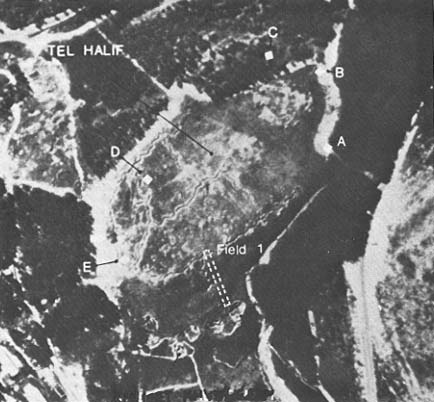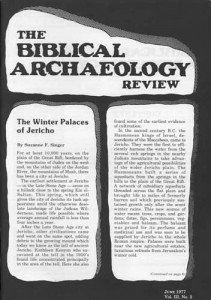
In 1972 Joe Seger was Archaeological Director of Hebrew Union College and director of the school’s continuing excavations at Tell Gezer, halfway between Jerusalem and Tel Aviv. Seger had been on the Gezer staff since 1966 and would direct its operation through the final season in 1974.
For almost a year, Oded Borowski, a coworker at Gezer and a former member of Kibbutz Lahav, had been urging Seger to visit Kibbutz Lahav on the edge of the Negev desert. “My kibbutz has a tell,” Borowski insisted repeatedly, “come have a look.”
Finally Seger took a busman’s holiday and visited Kibbutz Lahav and its impressive mound, Tell Halif.
As Seger walked over Tell Halif on that Sabbath afternoon in 1972 picking up pottery sherds in an effort to date them, did he think of Tell Halif as a possibility for his next dig? “The next dig is always there—somewhere in the back of your mind. You are always open to possibilities,” Seger told the BAR.
But he was not then looking for a new project and his short visit to Tell Halif might have been the end of it; however, within weeks of Seger’s return to Jerusalem, where he was living, he received a call from Avraham Biran, then director of the Israeli Department of Antiquities. Biran had heard of Seger’s recent visit to Tell Halif. Bulldozing operations for construction of a new road into the kibbutz had just opened some ancient burials in the shadow of Tell Halif, Biran told him. An immediate emergency salvage operation was necessary. Biran asked Seger to undertake the task on behalf of the Department of Antiquities.
Already a library member? Log in here.
Institution user? Log in with your IP address.

